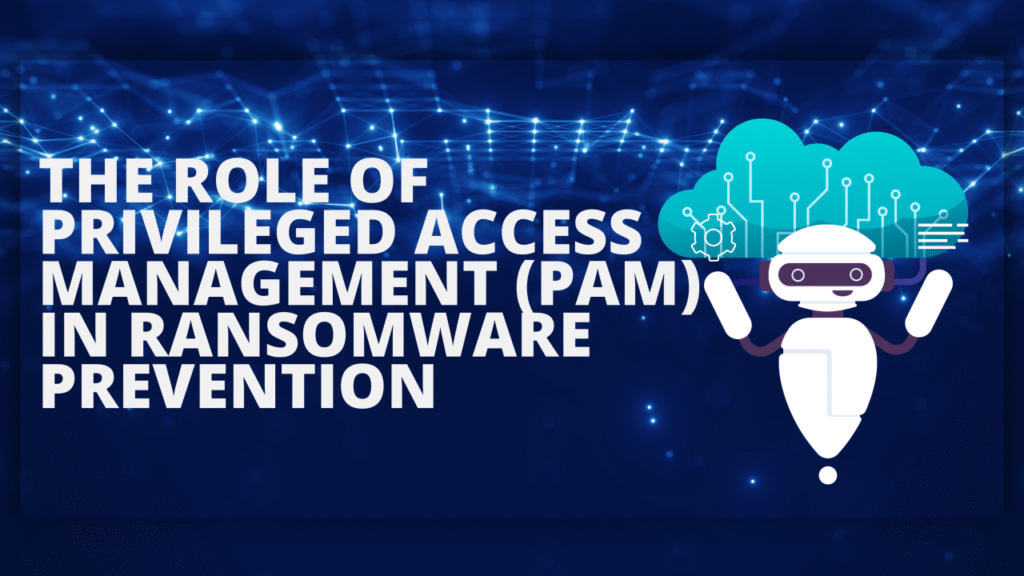Wiseman CyberLabs: Bridging the Gap Between Learning and Employment in Cybersecurity
Introduction In today’s digital age, cybersecurity threats are escalating in complexity and frequency. Organizations worldwide are in dire need of skilled professionals who can anticipate, identify, and mitigate these threats. However, a significant challenge persists: Traditional cybersecurity education often falls short in preparing individuals for real-world scenarios. While theoretical knowledge is essential, the dynamic nature of cyber threats demands hands-on experience and practical skills. Wiseman CyberLabs addresses this critical gap by offering immersive training programs that simulate real-world cyber environments, ensuring learners are job-ready from day one. The Challenge: From Classroom to Command Line Many cybersecurity aspirants complete certifications or degrees only to find themselves unprepared for the practical demands of the industry. This disconnect arises due to: • Lack of Practical Exposure: Traditional courses often emphasise theory over practice. • Rapidly Evolving Threat Landscape: Cyber threats evolve faster than academic curricula can adapt. • Insufficient Real-World Simulations: Learners rarely get to experience the pressure and complexity of actual cyber incidents. These factors contribute to a workforce that may be certified but lacks the hands-on skills employers desperately seek. Wiseman CyberLabs: A Paradigm Shift in Cybersecurity Training At Wiseman CyberLabs, we’ve reimagined cybersecurity education by integrating real-world scenarios into our training modules. Our approach ensures that learners don’t just understand cybersecurity concepts—they can apply them effectively in high-pressure situations. 1. Realistic, Enterprise-Grade Simulations Our labs replicate complex enterprise networks, complete with: • Simulated Vulnerabilities: Learners encounter and exploit vulnerabilities similar to those found in real organisations. • Red vs. Blue Team Exercises: Participants alternate between attacking and defending roles, fostering a comprehensive understanding of both perspectives. • Advanced Persistent Threat (APT) Scenarios: Trainees engage with scenarios modelled after real-world APTs, enhancing their threat detection and response capabilities. 2. Flexible Deployment Options Understanding the diverse needs of our learners, we offer labs that can be deployed: • Locally: Using Virtual Machines (VMs) or Docker containers. • In the Cloud: Accessible via platforms like AWS or GCP. • Offline: Through pre-configured ISOs, ensuring uninterrupted learning even without internet access. 3. Comprehensive Skill Development Our curriculum covers a broad spectrum of cybersecurity domains: • Reconnaissance & OSINT: Techniques to gather intelligence on targets. • Web Application Exploitation: Including SQL injection, XSS, and SSRF. • Network Penetration Testing: Focusing on protocols like SMB and techniques like pivoting. • Active Directory Attacks: Such as Kerberoasting and Pass-the-Hash. • Cloud Security: Addressing misconfigurations and IAM vulnerabilities. • Exploit Development: Crafting custom exploits and understanding buffer overflows. 4. Structured Learning Paths To cater to varying proficiency levels, we offer tiered learning tracks: • Beginner: Foundational concepts and basic lab exercises. • Intermediate: More complex scenarios and advanced techniques. • Advanced: Challenging labs simulating sophisticated cyber attacks. This structure ensures a progressive learning experience, allowing learners to build confidence and competence at their own pace.  5. Integrated Threat Intelligence Each lab is aligned with the MITRE ATT&CK framework, providing learners with: • Contextual Understanding: Recognising tactics, techniques, and procedures (TTPs) used by adversaries. • Real-World Relevance: Engaging with scenarios that mirror actual cyber threats.  6. Continuous Assessment and Feedback To track progress and reinforce learning: • Flag Submissions: Learners complete specific objectives within labs. • Automated Grading: Immediate feedback on performance. • Leaderboards: Fostering a competitive and engaging learning environment. 7. Comprehensive Learning Resources To support diverse learning preferences: • PDF Manuals: Detailed guides for each lab. • Video Walkthroughs: Step-by-step demonstrations of lab exercises. • AI Integration: Optional assistance using AI tools for hints and report generation. 8. Real-World Case Studies Our labs incorporate anonymised case studies from actual penetration testing engagements, providing learners with: • Authentic Scenarios: Understanding the nuances of real cyber incidents. • Reporting Practice: Crafting professional reports based on real data. 9. Mentorship and Community Engagement We believe in the power of community and guidance:  • Weekly Live Sessions: Interactive discussions on recent cyber threats and lab debriefs. • Mentor Support: Access to experienced professionals for guidance and feedback. • Peer Collaboration: Opportunities to work with fellow learners on group projects and challenges. Outcome: Job-Ready Cybersecurity Professionals Graduates of Wiseman CyberLabs emerge with: • Practical Experience: Hands-on skills applicable to real-world scenarios. • Comprehensive Knowledge: A deep understanding of both offensive and defensive cybersecurity strategies. • Professional Portfolio: A collection of completed labs and reports demonstrating their capabilities. • Industry Readiness: Confidence and competence to excel in roles such as Penetration Tester, SOC Analyst, and Red Team Operator. Conclusion In an era where cyber threats are continually evolving, the need for skilled cybersecurity professionals has never been greater. Wiseman CyberLabs stands at the forefront of cybersecurity education, offering a transformative learning experience that equips individuals with the skills, knowledge, and confidence to thrive in the industry. Join the Next Cohort Embark on your journey to becoming a cybersecurity expert. Enrol in our upcoming Penetration Testing & Offensive Security Batch and take the first step towards a rewarding career. Website: www.wisemancybersec.com Contact: info@wisemancybersec.com

